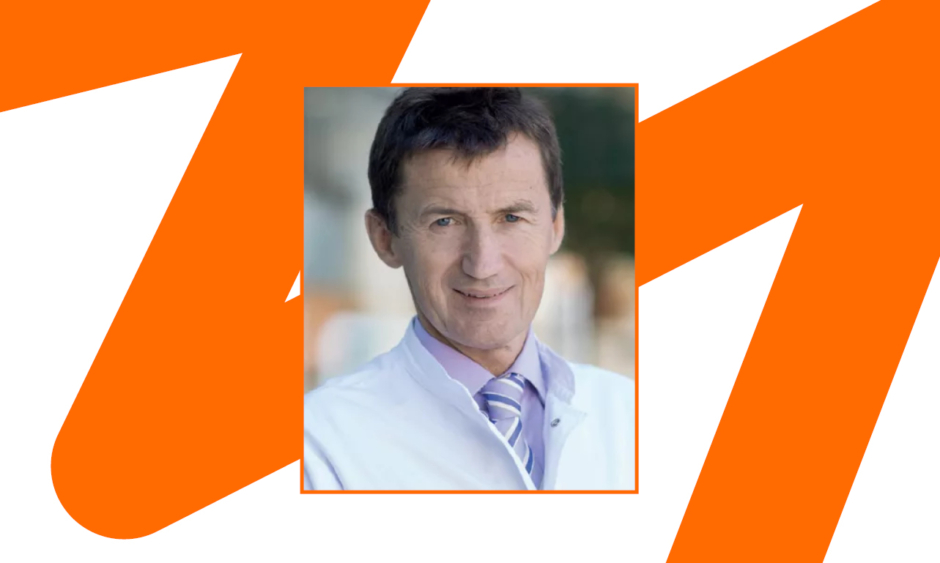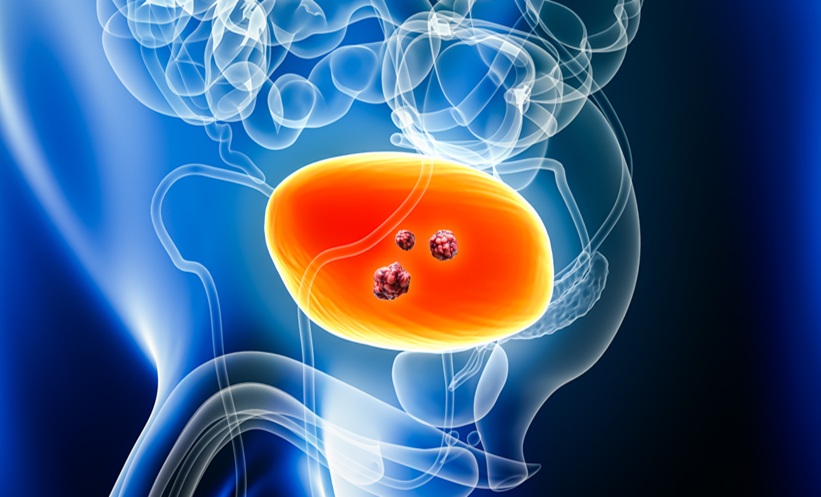Arnulf Stenzl | Medical Director, Department of Urology, University of Tübingen Medical School, Germany; Adjunct Secretary-General and Executive Member, European Association of Urology (EAU)
Citation: EMJ Urol. 2023;11[1]:43-46. DOI/10.33590/emjurol/10303398. https://doi.org/10.33590/emjurol/10303398.
![]()
Since you last spoke to EMJ in 2020, what have been the largest changes you have observed in the specialty of urology?
A large part of urology is uro-oncology, so let’s start here. We have seen a minimalisation of surgery, so we are doing more robotic surgery and are trying to preserve more organs. For example, in renal cell cancer, we try to spare the kidney if possible and be minimally invasive. Unfortunately, we have not been able to preserve the majority of bladders with advanced disease, but we can now consider borderline indications for cystectomy with the aim to reduce this where possible. This might involve combining extensive transurethral resection with systemic therapy or physical therapies. In prostate cancer, I would say we have also been more conservative; for example, when looking at when to perform radical prostatectomies in patients who have a good prognosis. So, there is less surgery and less open surgery in oncology.
In systemic therapy, I think it is remarkable that we can use combinations of checkpoint inhibitors to produce very long lasting results in patients with renal cell cancer. Unfortunately, this is not the case in all patients, but it is really encouraging that we are seeing this more commonly. The same can be said in urothelial cancer, where checkpoint inhibitors were a new entity and did not fulfil the expectations we had. We now see a definite cure and I have patients living for several years without any metastases after metastatic disease, with or without prior surgeries. For prostate cancer, we are also observing many more years of survival in patients with very advanced disease.
In terms of non-oncological disease, there have been notable advances in surgery, like in the case of very large benign prostatic hyperplasia. This used to be a case for open surgery, but is now conducted with the help of laser enucleation and morcellation. Therefore, we are seeing more minimally invasive interventions for treating diseases that were previously deadly in oncology, and affected quality of life in non-oncology.
In research, I think that better genetic classification of oncologic disease is definitely something that is taking off. In urology, we are behind some disciplines in this regard. For example, in prostate cancer we need a better stratification of the types of treatment and the prognosis patients have, but this is a work in progress.
You spoke to us previously of your involvement bringing new colleagues into offices and committees within the European Association of Urology (EAU). What are your proudest achievements thus far in your role on the board of the EAU?
Firstly, one of the important offices is the scientific committee; a group of 25 people from all over Europe, who compose the scientific components of the annual meeting. Here, we have been able to recruit new members such as the new chairman, Peter Albers, who is an excellent researcher. He is conducting leading research into prostate cancer, including the PROBASE study, which investigates prostate-specific antigen in young males using a large, multicentre, nationwide design. The scientific committee is also doing a great job acting as a messenger for research in Europe and sharing this with all our international colleagues.
What are some of the recent challenges the EAU has faced, and are there any you have had to overcome in your role specifically?
There are always changing patterns in urology, as it is seen and practiced differently in the general population, by politicians, and by our colleagues in other fields of medicine. This carries across different countries and areas all over Europe. In the UK, for example, urologists do less uro-oncology, unless it is carried out with a multidisciplinary board. In contrast, systemic therapy is conducted across many departments and in many areas within urology in Germany. Another difference might be neoadjuvant chemotherapy prior to a cystectomy, for example, specifically whether this is performed with the help of the oncologist or completed by the oncologist in their own department. In some hospitals and institutions this means the patient is moved through different departments and this can be a little more complicated, making communication very important. There are advantages and disadvantages, and this is one example of problems we discuss.
We have also had to deal with Europe in a geographical and political way. There are several important countries outside of the European Union (EU), and some are involved in war at the moment. This is difficult, but we are a scientific and professional association and as such, we cannot, should not, and must not deal with any politics. But this can be a real challenge, and there are associated administrative problems. As a research association, we have strictly maintained our goal of fostering the field of urology for the benefit of patients, irrespective of any political issues.
Another challenge we are facing relates to how, in most countries in Europe, more females are going into urology. At my university, 75% of all medical students and half of our residents are female. Yet out of six staff members, only one is female. Not all but some females tend to reduce their workload after they finish their residency, meaning they move away from the clinic into office urology. In the future, we will have to tackle how to motivate our female colleagues to go into research or to stay in the clinic. This has a large impact on the EAU as well. Working part-time, they may join a regional organisation but might not become members of an international association.
What are the key messages and themes to watch out for at the EAU23 congress?
Well, there are several. One is showing how minimal we can be with surgical interventions. The advantages of systemic therapy are related to this, with better selection of these therapies. Another key message is early detection. In the last few months we have adopted a new policy involving urology. Europe’s Beating Cancer Plan provides better funding for research and the implementation of early detection of cancer. This explicitly includes prostate cancer as one of the specific cancer types for this programme.
I know there is a lot of discussion about screening, and this is an important question. We are no longer talking about just taking blood from a patient, performing a biopsy, and then surgery. There has been significant progress regarding the inclusion of imaging, so as to avoid unnecessary biopsies, and to better identify prognostically unfavourable cancers. This also helps decide which patients should be moved to active surveillance. There are new strategies, which do not only include blood tests and MRI, but substitute MRI with micro-ultrasound, artificial neural network, or artificial intelligence with ultrasound for a better correlation with prostate-specific antigen. There are now messenger RNA tests that can be combined with image theorems for early detection.
All of this aims to minimise psychological and physical disadvantages for patients, while of course avoiding poor outcomes such as death from metastatic prostate cancer, or paralysis due to bone metastasis to the vertical column.
Where can we expect to see your research and education focus in the near future?
My particular interest is in patient-derived organoids, and this is really personalised medicine. This technique, which involves taking tissue from patients and developing patient-derived organoids, shows promise for the future. These can be used in research and in testing individualised responses to a possible treatment. We have tissue to work with, and can see how different drugs might work. Later you might take a biopsy and find that another drug is more suitable, or that the same treatment is working but requires adaptation of dosage. Primary cultures have already been tried, but the use of organoids is a better way of including epigenetic aspects and the issues that may arise with tumours.
There is also a major project going on, funded by several million euros, investigating the use of sensors that provide real-time information about the composition of a tissue during surgery. This might help classify a tumour as either benign or malignant, and could help identify nerves and vessels to avoid major complications or loss to quality of life. Fortunately, we have the funding for this, and it is of course something we must do in collaboration with bio-scientists and engineers.
Are there any topics in the field of urology that you feel require greater attention, and on the contrary are there any recent advances that you think show great potential?
I wanted to mention endourology, as this is a really important aspect in our specialty. In endourology there is a lot of focus on infertility treatments that, in some parts of the world, is very necessary. In Denmark there is a very strong group working on fertilisation with testicular tissue, specifically focusing on how we can use this tissue to improve the treatment of infertility.








